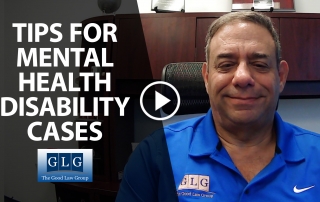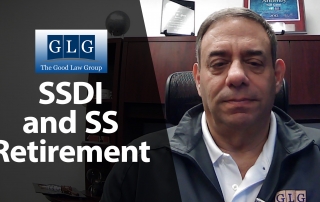Applying for SSDI with a Temporary Disability
Although you cannot receive SSD benefits for partial disability, it is possible to qualify based on a temporary disability. For SSD purposes, “temporary disability” doesn’t mean a short-term disability – it means a disability or medical condition you are expected to eventually recover from. So long as the disability has lasted, or is expected to last, 12 months or more, you are eligible to apply for SSD benefits. Here’s what you need to know before deciding to apply.













